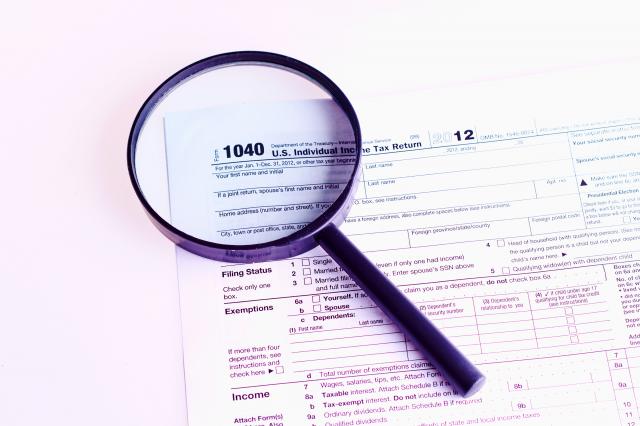Even though we’re 2 months into 2020, don’t think it’s too late to lighten your tax burden for 2019. Although your ability to make adjustments to your income or deductions to your taxes are greatly reduced after December 31st, there are still some incredibly effective things you can do to improve your overall tax situation for 2019.

1. Contribute to your retirement account
The simplest and most effective way to minimize your tax burden is to make a contribution to a qualifying retirement account. Before you do this, make sure both you and your contributions qualify. The deadline for contributions to Traditional or Roth IRA’s on tax day, April 15th, 2020. If you file an extension until October 15, 2020, and have a Keogh or Simplified Employee Pension (SEP) you can wait until then to put funds into those accounts and count them towards 2019 contributions. Contributing to a deductible account has a double-benefit– it will lower your tax bill for this year, as well as compound tax-deferred. Meaning that you can wait to pay taxes on the interest until you retire and your tax rate is lower, or in some cases indefinitely. Although Roth IRA contributions are not deductible for 2019, it could still be advantageous in the end because your withdrawals very well could be tax-free in retirement. So weigh your options carefully and remember that to qualify for this deduction you must not be eligible for an existing employee retirement plan, and your adjusted gross income must be $64,000 or less for single filers or $103,000 or less for married couples filing jointly. Lastly, unless you are aged 50 or older, the maximum contribution you can make is $6,000. If you are self-employed, the most you can add for 2019 is $56,000.
2. Itemize your tax deductions
Since the tax overhaul in 2017, the standard deduction has doubled to $12,200 for singles and $24,400 for married couples who choose to file together. By design, this is meant to steer more people towards simplifying their taxes and taking the standard deduction. However, if you are a homeowner or work from home and have the paperwork to back up your qualifying expenses, itemizing can save you quite a bit of money if it outweighs the standard deduction.
3. List your dependent’s taxpayer-identification numbers on your return
This last one might seem quite obvious but if you are listing children or other dependents on your return, you must insert their taxpayer-identification numbers or social security numbers on your return. This, I’m sure you already know will provide benefits to your tax situation but be aware that the IRS will deny any credits listed without the accompanying child’s (or dependant’s) tax information.
As always, working hard throughout this year will make tax time much more stress-free. So spend some time right now organizing your files and keeping track of your charitable donations, mileage, and other items that might come of great use to you one year from now. You will be glad you did!

